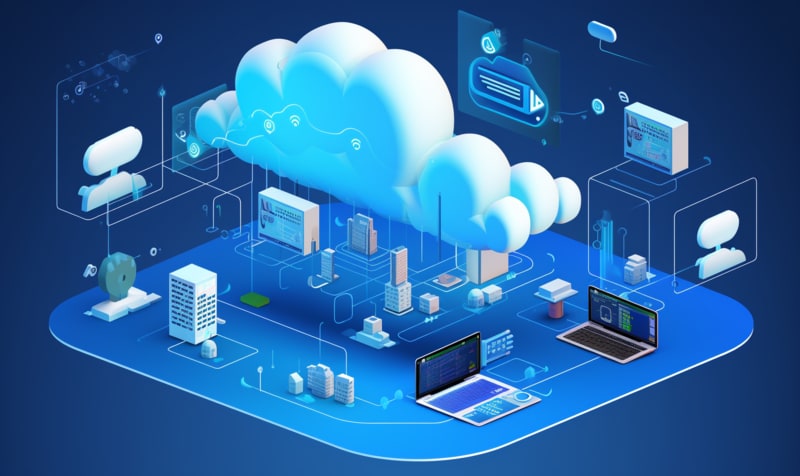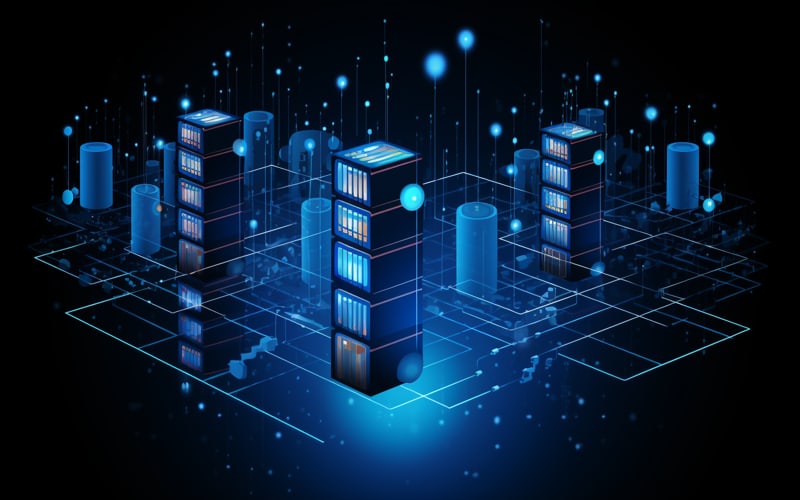AppDynamics Interview Questions
AppDynamics Interview questions provide you with a solution that allows organizations to monitor, troubleshoot and optimize the performance of their apps in real-time – helping organizations optimize application performance more easily than ever.
In this interview we explore AppDynamics key features and benefits as a way for improving application performance within organisations.

1.What is AppDynamics?
AppDynamics is an Application Performance Management (APM) tool that helps businesses reduce mean-time to resolve incidents, analyze the performance of applications, and facilitate full-state application performance management.
2.List out the features of AppDynamics?
AppDynamics supports multiple programming languages, allows you to send data from various sources, monitor user experience, conversion rates, response time, and other metrics, and allows you to drill down to specific code labels to identify slow or sub-problem transactions.
3.Point out the difference between version 1.0 and version 2.0 of AppDynamics?
Each version of AppDynamics has its own response time, conversion rate, and user experience metrics.
4.How can AppDynamics help reduce mean-time to resolve incidents?
AppDynamics helps reduce mean-time to resolve incidents by analyzing the performance of applications and providing a comprehensive solution for managing and enhancing application performance.
5.Mention the purpose of AppDynamics in the APM world?
AppDynamics has become a key intelligence platform in the APM world, providing a comprehensive solution for managing and enhancing application performance.
6.Explain the working of AppDynamics.
AppDynamics works by having two types of agents: one agent, which is a piece of code, and another, which is an OS level agent.
The application agent is a code-based agent that integrates with the application code, while the database agent is designed for managing and monitoring database operations and transactions.
The machine agent is a software running in the OS action, providing secure RAM network stories.
7.What are the three types of controllers in AppDynamics?
The three types of controllers in AppDynamics are local, local, and cloud-based.
Local controllers are installed on premises, while cloud-based controllers can be installed through the AppDynamics marketplace.
8.How does end-user monitoring work in AppDynamics?
End user monitoring, such as RAM and mobile monitoring, can be set up in AppDynamics.
9.Define monitoring in AppDynamics?
Synthetic monitoring is available in AppDynamics, but it is not included in the image provided.
10.What are the communication protocols for the application agents in AppDynamics?
Each application agent has its own communication protocol, such as STTP port, port number, and port number.
11.How does the controller receive data from the machine agent in AppDynamics?
The controller receives data from the machine agent at the OS level, which is optional.
12.What information does the OS level machine agent send to the controller in AppDynamics?
The OS level machine agent sends server monitoring information, such as CPU, RAM, and other data to the controller.
13.How is the AppDynamics controller deployed in mobile phone applications?
To deploy the AppDynamics controller, one must install a machine agent, install applications, and create traffic using Jmeter.
Once the data is collected, it can be visualized through the controller.
14.What does the controller software do in AppDynamics?
The controller software consolidates information based on the application name provided and receives data from the machine agent at the OS level, which is optional.
15.Mention the purpose of DB collector in AppDynamics?
The DB collector checks database diagnostic information and collects it.
16.How does the web communicate with the controller in AppDynamics?
The web communicates with the controller in AppDynamics.
17.Tell about the work of the application server agent and what it sends to the backend system in AppDynamics?
The application server agent sends business transactions and application diagnoses to the backend system in AppDynamics.
18.List out the key terms used in AppDynamics?
Some key terms used in AppDynamics include server help, transaction score, scorecards, exceptions, and service.

AppDynamics Training

The Y A node is a key element in AppDynamics.
20.Point out the difference between entry points and service points in AppDynamics?
Entry points are methods or operations in an application code that begin or extend a business transaction, while service points provide a subset of metrics for a tier focused on specific application services.
21.What are transaction snapshots in AppDynamics?
Transaction snapshots help to double through the root cost of performance problems, allowing for comparison with other transactions and identifying what went wrong.
22.What are the system requirements for setting up AppDynamics?
The system requirements for setting up AppDynamics include disk space, operating system, and end-user monitoring.
23.How do I set up the enterprise console and deploy AppDynamics content?
To set up the enterprise console and deploy AppDynamics content, follow the instructions provided.
The code is for Linux and Windows, and can be run in an EXE file for Windows.
It is recommended to practice in Linux as most servers and organizations use it.
24.Define DevOps School?
DevOps School is a leading platform that offers DevOps Cloud and Container technology training and certification programs for both freshers and established professionals.
25.Who delivers the training solutions at DevOps School?
The training solutions at DevOps School are delivered by highly experienced domain experts with practical working experience in various verticals.
26.Explain runtime application architecture.
In runtime application architecture, important business transactions and snapshots should be monitored, along with the runtime environment, J2E.net job, and middleware.
27.What are analytics and proteins?
Analytics and proteins collect raw data and set common methods.
28.Define what is an agent-based solution?
An agent-based solution injects code into the application itself, sending data to the IBM tool to understand transaction traces and time for each request in terms of crisis.

AppDynamics Online Training

29.How does AppDynamics improve application performance?
AppDynamics improves application performance by providing organizations with real-time visibility into the behavior of their applications.
This allows organizations to quickly identify and resolve performance issues, leading to improved application uptime and user satisfaction.

30.What are some common use cases for AppDynamics?
Some common use cases for AppDynamics include:
- Monitoring and troubleshooting application performance issues
- Optimizing application performance and user experience
- Ensuring compliance with regulations and industry standards
- Identifying and resolving security issues
Now its quize time! here are few MCQ’s to help you with revision
1) What is App Dynamics?
Software developer toolkit
A database management system
Cloud computing platform
An Application Performance Management (APM) tool
2) What is the goal of setting up RAM in mobile phone applications?
Enhance visual interfaces
To optimize memory utilization
Improve battery life
To provide visibility to calls made to unspecified destinations
3) where and what is the primary focus of understanding algorithms like Panacea pollutants and percentiles emphasized?
In infrastructure design
In system maintenance
In data analysis
In software development
4) For on-premises setups, what is recommended for sufficient practice?
Windows
Mac OS
Linux
iOS
5)What does APM stand for in the context of DevOps School’s training program?
Automated Process Management
Application Performance Management
Analytical Performance Measurement
Application Programming Module
6) Which metric refers to the number of times an application has been accessed or hit?
Hits per second
Response time
Errors per second
Connected time
7) What is the focus of runtime application architecture within APM?
Managing user interface design
Monitoring important business transactions and snapshots along with the runtime environment
Optimizing database storage
Gathering customer feedback data
8) In App Dynamics, what is the role of an agent-based solution?
Encrypting data within the application server
Monitoring competitor website performance
Providing network connectivity between microservices
Injecting code into the application to send data to the APM tool for understanding transaction traces
9) What is the goal of tracing in APM terms according to the text?
Tracking the physical location of servers
Monitoring the uptime of third-party services
Understanding performance between two endpoints like web server to app server or class file calls
Automating the deployment of code across environments
Summing up!
AppDynamics is an invaluable tool that assists organizations with monitoring and managing the performance of their apps.
Through real-time monitoring, correlation, automated problem detection, root cause analysis
capabilities and integrations with various tools/ platforms and use cases make AppDynamics
an indispensable addition to any organization’s technology stack.

AppDynamics Course Price


Harsha Vardhani
Author